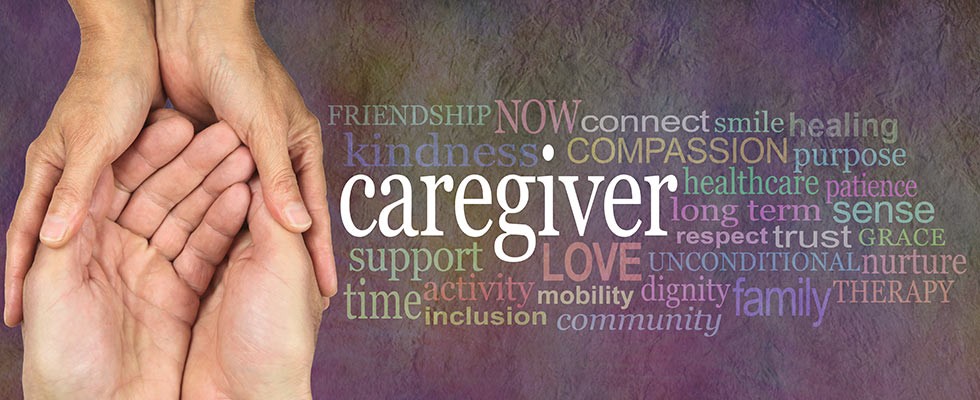
Mark Twain said, “The difference between the right word and the almost right word is the difference between lightning and a lightning bug.”
When you find the right word to describe your organization, it is as impactful as a bolt of lightning on a pitch-black night. When you use the wrong word, its impact is like that of a lightning bug. While novel and cute, it lacks true impact.
But finding the right words to capture an audience’s attention and keep them engaged is difficult. Organizations often do not realize the impact each word has and how easily a message can be lost. As caregivers work for multiple organizations that are all competing for their time, providers need to learn to effectively communicate to highlight why they are an ideal place to work, identifying and promoting what sets them apart and why the caregiver should pick up shifts for them instead of their competitors.
Why Caregivers Work for Multiple Organizations
Caregivers who work in home health care often work for multiple organizations so they can make more money, have more freedom and flexibility and maintain a level of continued employment when cases end or when patients are hospitalized. In fact, many caregivers cannot meet their personal financial needs by working for just one homecare organization.
Home health aides made a median salary of $25,280 in 2019, so working for another organization can make a big difference to their bottom lines. If a certified nursing aide (CNA) making $22,000 a year is able to grow their salary to $25,000 or more, that is a significant impact and the difference between new shoes for their child or new tires for their car.
Choose Your Words Carefully to Help Your Company Stand Out
Communication is one of the most powerful tools to educate and inform your audience, grow your business and win over these caregivers. When you want someone to tell others about your organization—the quality of care you provide and the type of people you hire—what does that conversation sound like? What are the words being used?
Ask yourself if you are using these words routinely and if you are using these same words when you communicate with your team. Is your team using these words as well? If not, prioritize improving this area of your business.
Words such as “patient-focused,” “caring,” “excellence” and “professional quality” are things any organization is going to want to say about themselves and using them does not necessarily help your company stand apart from all of the others. Many organizations will use these words—and then it seems as if the the same message is copied and pasted repeatedly.
Because people pick up and repeat the words others use, begin using the strongest unique and authentic words that truly describe how you want your organization to be viewed by others.
Telling Meaningful Stories
Stories include several significant elements. You must have characters, action, conflict and resolution. Below is an example.
A home health care clinician visits her patient during the afternoon, and as she prepares the woman’s lunch, the patient exclaims that she would like some cookies to go with her meal. After exchanging a few words, the patient explains that her son recently went to the grocery store for her and left some in the pantry, but upon checking, the clinician could not find any. Upon hearing this news, the woman grew visibly disappointed.
Seeing this, her clinician offered her the cookies she had brought in her own lunch.A look of surprise flashes across the woman’s face, and she waves her hand saying, “No, I can’t possibly take your cookies.”
The clinician smiled and said, “It’s going to mean more to you than it is to me.”
The day then passed, and the woman’s son learned of the clinician’s generosity. He went straight to the executive administrator of the agency providing care for his mother and said, “I need you to know that you have a spectacular nurse taking care of my mother.” That story then set the organization up for marketing success for years to come.
Why Some Stories Succeed
In this story, you have the clinician, the patient, the son and the CEO as the characters. You also have the conflict, which was the lack of cookies in the pantry, and a resolution—the caregiver shares her cookies and the son is thrilled with his mother’s care.
You may never know how a story is going to impact your organization or help differentiate yourself from others. When it comes to explaining the heart of your business, these stories will be magical.
Ensure that you understand the fundamentals of all those ingredients that are needed to paint a picture that will resonate with your audience and make it a point to regularly gather stories that illustrate your organization’s culture and how your caregivers interact with their patients and clients. Then, tell them regularly and widely to promote what sets your organization apart—creating an impact like lightning.
